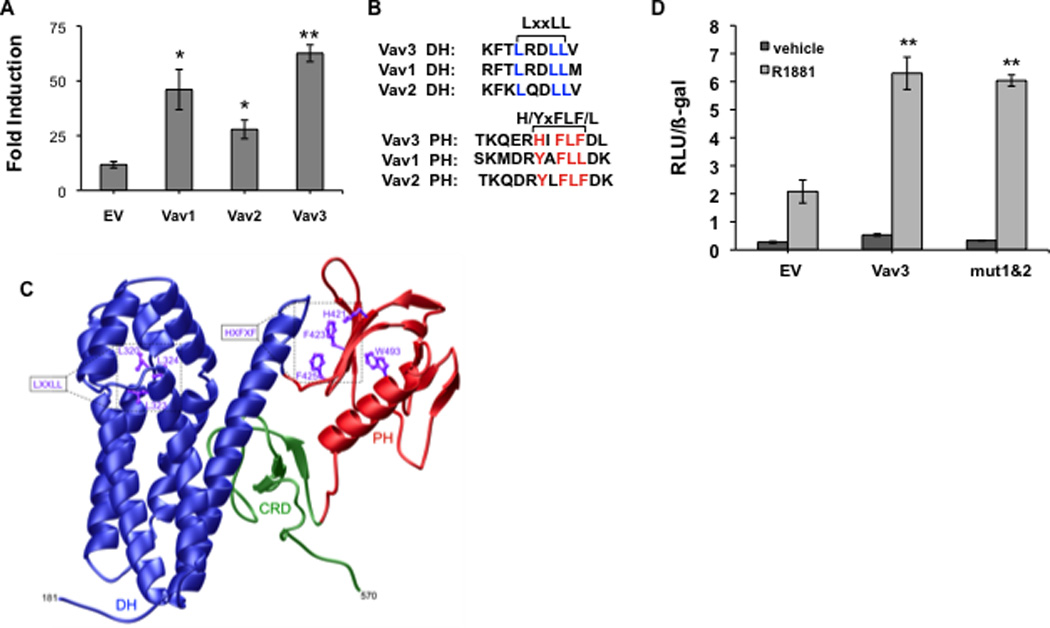Figure 2. Vav family members enhance AR transcriptional activity but a conserved LxxLL and related motif are not required.

A. PC3 cells transfected with an AR cDNA, PSA-luciferase reporter, a beta-galactosidase expression vector (for normalization) and either Vav1, Vav2, Vav3 or control empty vector (EV) were treated with vehicle or the synthetic androgen R1881 (5 nM) for 48h. Luciferase activity was determined and normalized to beta-galactosidase activity. Data from 3 independent experiments performed in triplicate are plotted as fold induction (relative luciferase units in hormone-treated divided by vehicle-treated samples) ± SEM. B. Sequence alignment of Vav family proteins was performed using AlignX (Vector NTI). DH and PH domains contain a conserved leucine rich motif (LxxLL) in the DH domain and a related aromatic region (HxFxF) in the PH domain. C. Three-dimensional structural model of the DH-PH-CRD contiguous module of human Vav3 is shown. The dbl homology (DH), pleckstrin homology (PH) and cysteine-rich (CRD) domains are respectively colored blue, red and green. The sidechain moieties of conserved residues within the LxxLL and HxFxF motifs are also denoted and colored purple for clarity. The numerals indicate the amino acid boundaries of the DH-PH-CRD module (residues 181–570) within human Vav3. D. PC3 cells transfected with AR, PSA-luciferase, a beta-galactosidase expression vector, wild type Vav3 or Vav3 double mutant (mut 1&2) harboring LxxLL to AxxAA mutations in Vav3 DH domain and HxFLF to AxVAA mutations in Vav3 PH domain or an equal amount of the empty vector (EV) were treated with vehicle or R1881 for 48 hours. Data from a representative experiment (of two independent experiments) performed in triplicate are plotted as relative luciferase units (RLU ± SD) normalized for beta-galactosidase activity. Significance was determined by two-tailed Student’s t test compared with EV transfected cells (A) or EV transfected cells with R1881 (5 nM) treatment (D) (*p<0.05, ** p<0.01).
